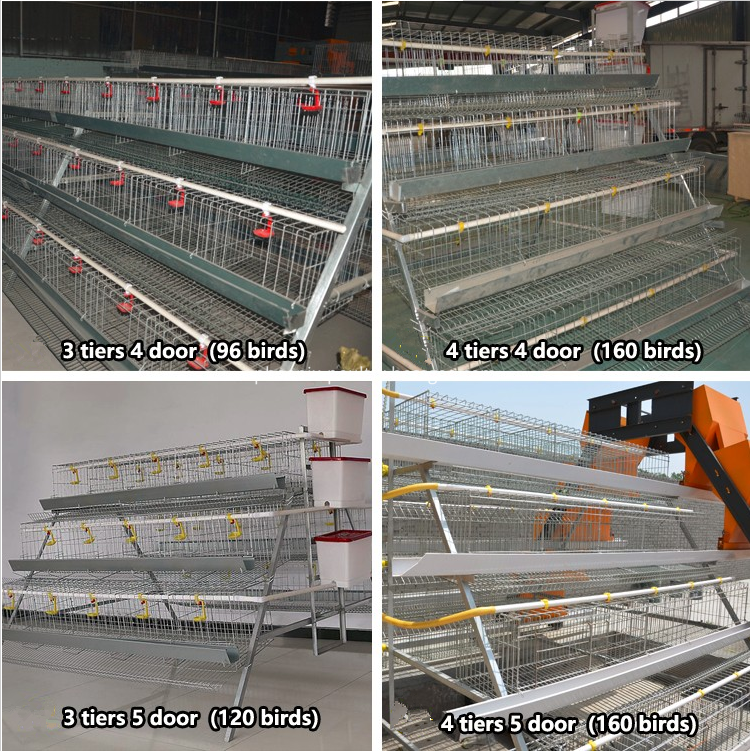layer poultry rearing cages
1. Frame Steel, with white PVC anchor/holder; Ball valve automatic water system with white PVC water pipe; Zinc Plating steel; Well-sealed down-stream end, with pressure regulator.
2. Technical advantage, not easy to be eroded with Zinc Plating;
Good elasticity not deformation; Service life at least 14 years.
3. Reasonable Grid mesh and space to avoid the fatigue of the chicken which extends the egg-laying cycle time; The egg damage rate is zero.
4. White full-length PVC Pipe & black or white U-shaped feeding trough, with strong pressure resist and heat-resistant.
5. Well-equiped water-supply governor; Whole air-tight design, Simple pressure regulating and water filteration. Very easy to operate & control.

Poultry Farm Disinfectant,Chicken Nipple Drinker,Poultry Farm Equipment,Chicken Drinking Equipment
Cangzhou Phoenix Breeding Equipment Co.,LTD , http://www.phoenix-poultry.com